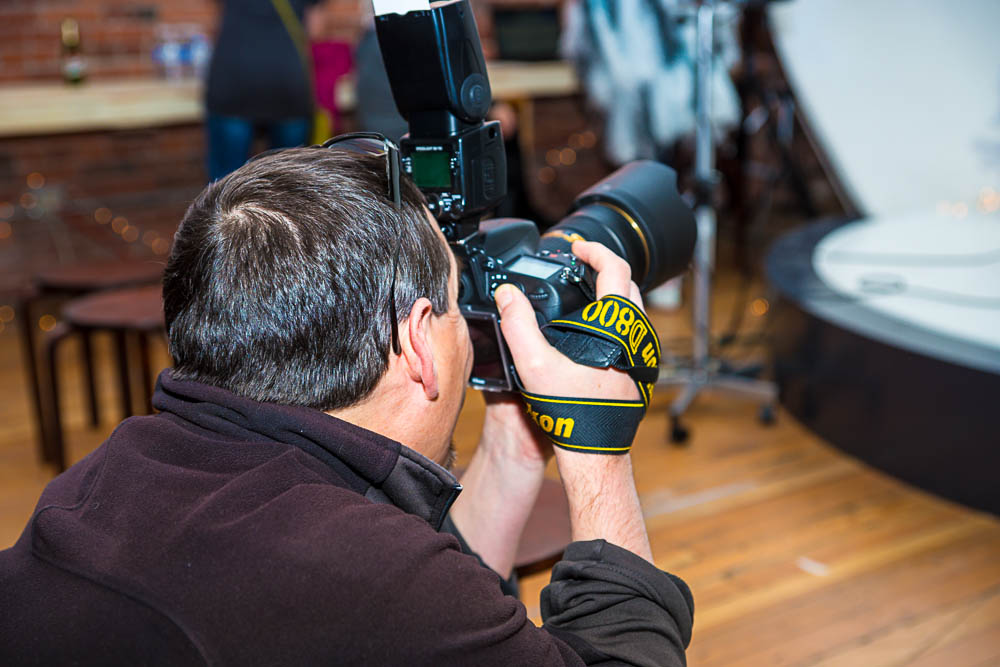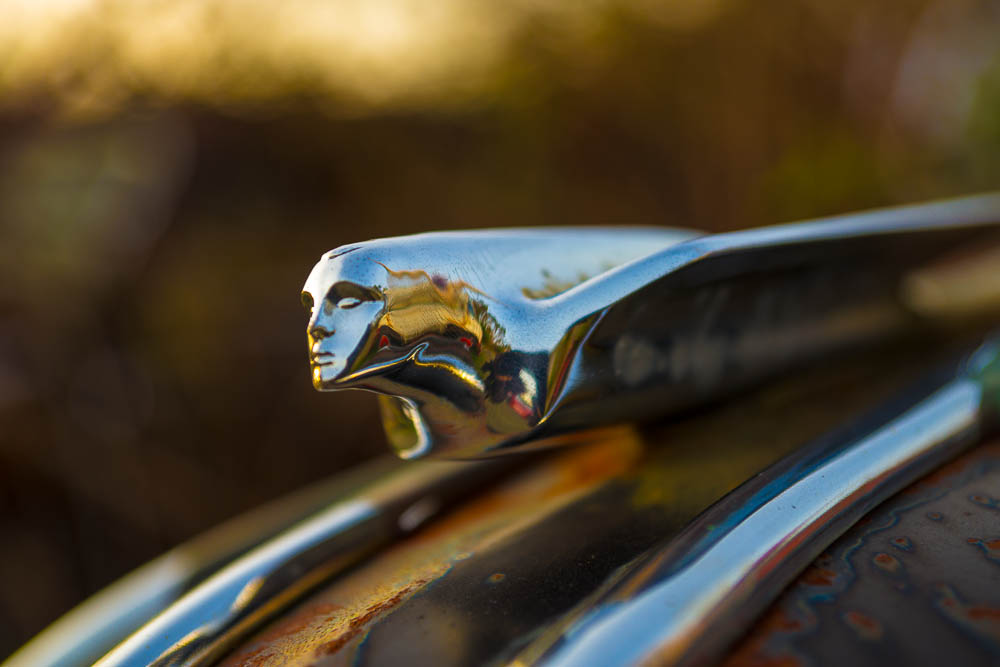1. Identify your purpose and audience. Before you begin writing carefully consider who will be reading your bio. Also, spend some time thinking about why are writing it and what you intend to convey and accomplish. I keep two general bios (casual and professional in tone) prepared in the event I have to send one right away. However, when I have the time, I always draft a clean one with a specific audience and purpose in mind.
2. Curate your information. Be critical with the information you include. Allow your audience and purpose guide the information you share. Generally you should include something about who you are, what you're about, important accomplishments, hobbies, and contact information. Spousal information (if needed) should be included only after all of your personal details.
3. Outline your bio. Create an outline of the information you plan on including. This will make writing your bio easier as well as provide you the opportunity to quickly see if anything is missing or doesn't fit. At the very least include:
- Your name
- What you're about
- Claim to fame
- Recent and important accomplishments
- Contact information
4. Write your bio. Begin writing your bio. Most resources recommend writing the bio from the third person perspective. This is preferred for most situations (especially formal ones), but I think the first person perspective also works well. This is my preferred perspective for personal websites and social media profiles. After all, you are a real person, right? My personal solution: write both versions and keep them easily accessible in a text document. To make things easier for you I’ve started one you can download here.
5. Proofread and Revise. After you've taken the time to write your bio, make sure it's perfect. Check not only for grammar and typos, but also for flow, ease of reading, and content. A great bio will increase your credibility and provide a more professional appearance if it is free of common writing errors.
6. Proofread and Revise. Wash. Rinse. Repeat. Every time I proofread, I find something I overlooked the first time. Normally, I overlook something the first two times. Maybe you're better than I am, but I recommend being safer than sorry. I’ve checked this document three times and I’m sure I could still find an error. People often base their first impression on your bio, especially on the web.
7. Get a third party to proofread it. Once you've checked for errors and content, try and have a friend, colleague, or trusted professional take a look at it. Chances are they will find something you missed or have some insights that could make your bio stronger. Besides, it's always good to have an outside perspective.
8. Maintain your bio. Your bio, like your résumé, is a living document. As you progress in your career and life, make sure your documentation reflects those accomplishments and changes.
Additional Tips on How To Write A Personal Bio
1. Keep (4) versions of your bio.: Twitter, Short, Medium, Long
- 160 characters
- One sentence
- 100 words
- 250 words
2. Introduce yourself. There's a good chance that if someone is reading your bio, they don't know you personally. Lead with your name.
3. State what you do. Let people know what you do. This may be a good place for you to exercise the 3 question activity:
- Who are you?
- What do you do?
- Why does it matter?
4. Include recent accomplishments. Let people know that you are currently doing good work. It's great to have important accomplishments documented, but don't allow people to think you are living in the past.
5. Include your contact information. Ensure that people are able to reach you. Save it for the end, but leave out your contact information. If I see your bio out of context, I might still want to be able to reach you. If you are worried about having your personal information floating around on the Internet, get a Google Voice phone number if you don't have a business or professional line.
6. Use both 1st and 3rd person. Most people say to write bios in third person, but I find it awkward to read a personal website in third person. It just doesn't feel natural. However, for professional bios you're sending with cover letters, workshop proposals, etc., keep it formal.
7. Always get feedback on it. If at all possible, get a friend or somebody else you trust to provide honest feedback.
8. Keep it up to date. You're always doing something new. Your bio should reflect that.
9. Use your short bio in your email signature. Use your short bio in your email signature. It’s a good place to share a little about yourself.
10. Write your bio in a text editor, not in Word. I always write documentation in a text editor. The free ones work well (Notepad for Windows, TextEdit for Mac). The files are smaller and it strips the formatting so that, when you send it, it's much easier for the recipient to use in their documentation. It makes copying a pasting a breeze and you’re not limiting your content to specific platforms or programs.


































